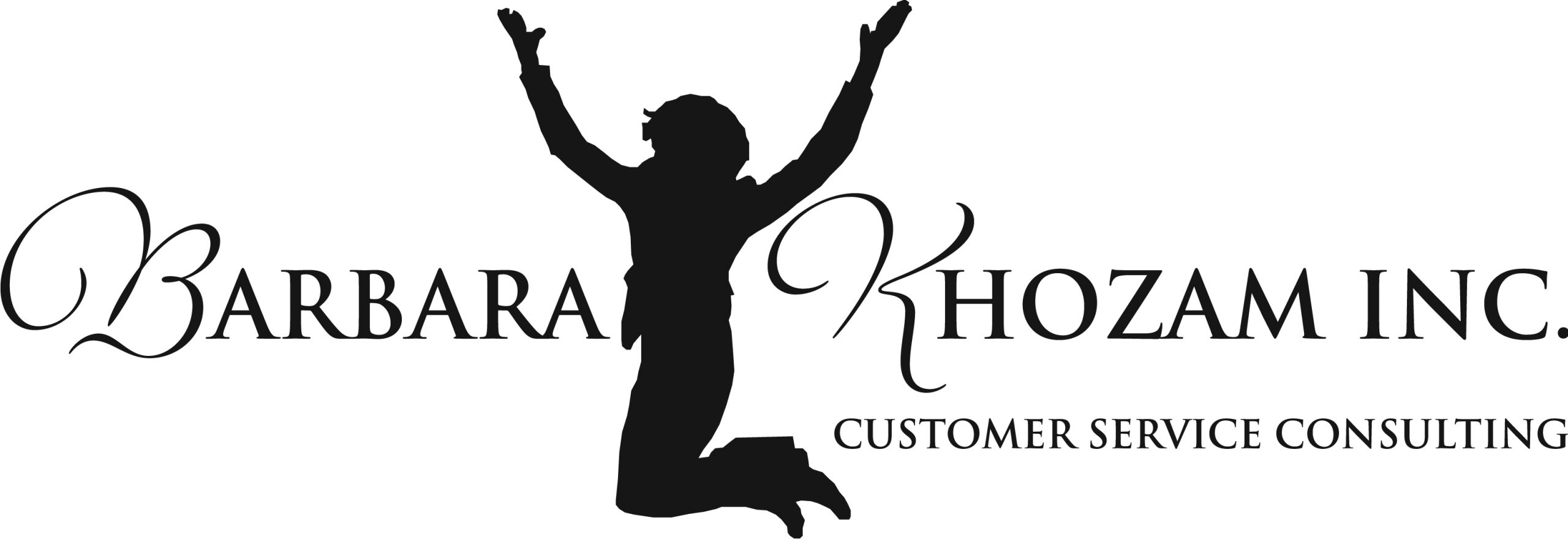Every company has one. Most employees have heard of them. Some are actually useful. What are we talking about? The company mission statement, of course.
Real World Story: Recently, I was consulting on customer service with a healthcare organization. The company has a new management team, and they have been eager to change the company culture for the better. The previous leadership never recognized 
Their first step was making sure everyone was on board with delivering the company’s mission, which combined what they did with how they did it. For example, service would be delivered with “safety, compassion and courtesy.” In my trainings with their staff, I would start each workshop by asking how many were on board with the company’s mission. In training sessions with the most disgruntled employees, only about half the class would raise their hands. Some actually said out loud, “I do NOT have to be nice!” (Side note: two days after my trainings, one such employee was heard in the hallway using profanity about me and about customer service. That employee was fired immediately!)
When people aren’t on board with their organization’s mission, their job is just a job. They don’t do anything that is beyond what is expected. For example, when you ask construction workers who are laying foundations what their job is, one may say, “I lay foundations.” Yet, another worker who knows his mission may say, “I help create a family’s dream home.” Big difference in perspective, huh?
Strategies that Turn it Around:
- When reviewing your mission statement, get feedback from your leadership team as well as employees. A simple tweak in your mission may get more people on board.
- Your leadership team must model the behaviors they are trying to get in return from staff.
- Get signatures from every single employee affirming that they will perform according to the principles of the company’s mission statement. Ideally, this is done in a one-on–one conversation. Some managers have this talk during the initial employee interview process.
- You must have clear expectations on how to deliver your mission. You may need to get help from an outside consultant to help with this objective.
- Everyone must be held accountable to the company’s mission expectations, and action must be taken swiftly to reward compliance and reprimand infractions.
Remember: When people understand the big picture—the company’s mission—their jobs have more value. And when people are doing something of value, they are more motivated and tend to go above and beyond what is expected of them—with pleasure.
What do YOU think of your mission statement? Does it have purpose? Please share in the comments section below.
